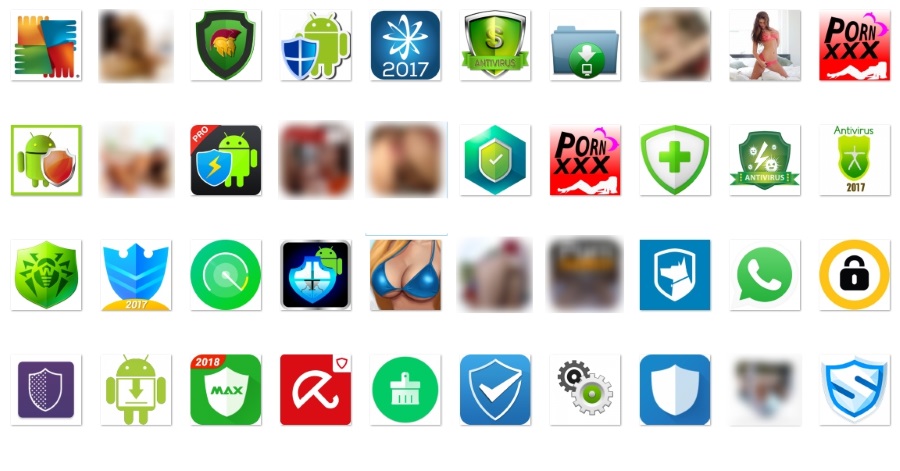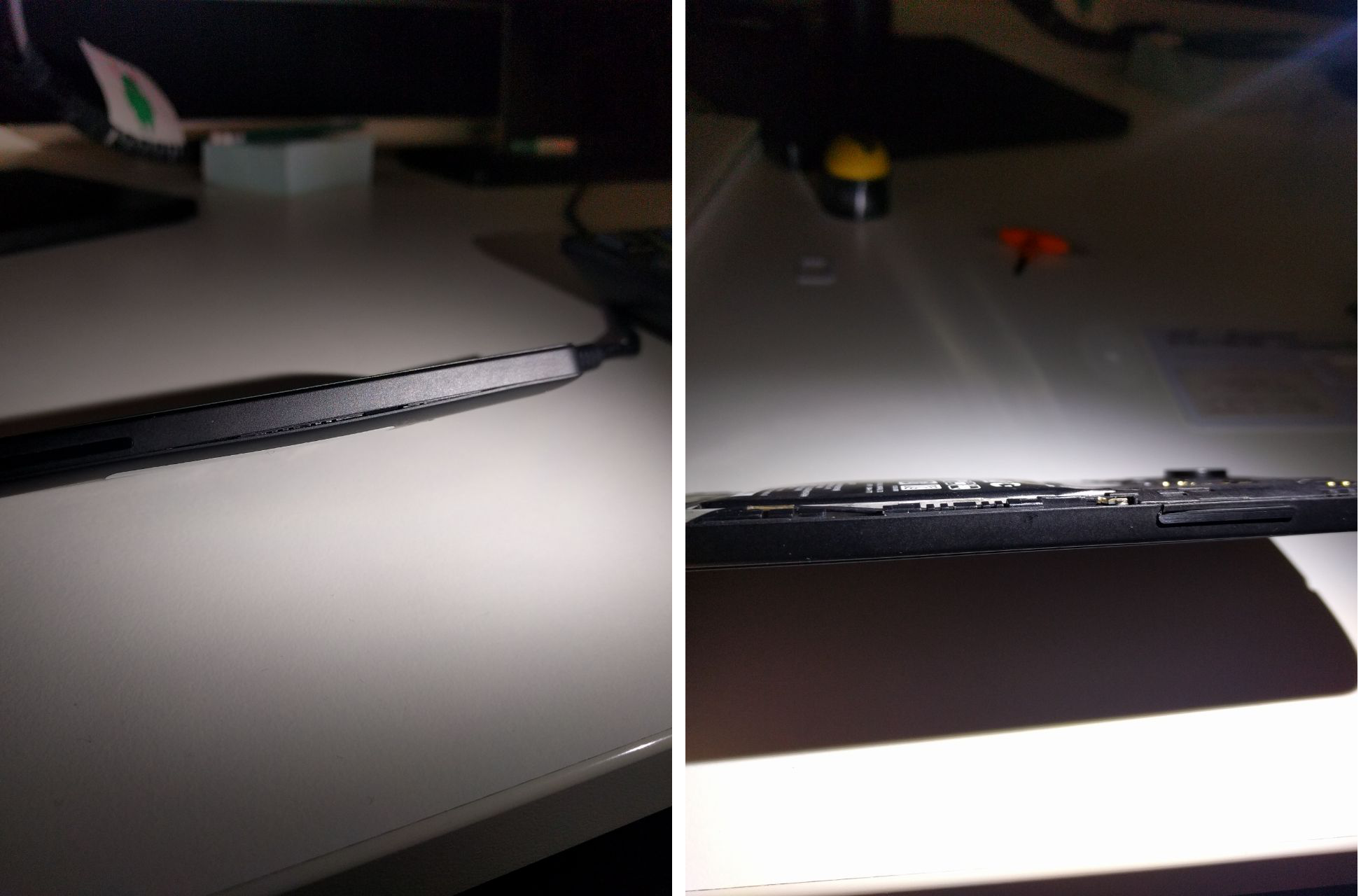Nowadays, it’s all too easy to end up with malicious apps on your smartphone, even if you’re using the official Google Play app store. The situation gets even worse when you go somewhere other than the official store – fake applications, limited security checks, and so on. However, the spread of malware targeting Android OS is not limited to unofficial stores – advertising, SMS-spam campaigns and other techniques are also used. Among this array of threats we found a rather interesting sample – Trojan.AndroidOS.Loapi. This Trojan boasts a complicated modular architecture that means it can conduct a variety of malicious activities: mine cryptocurrencies, annoy users with constant ads, launch DDoS attacks from the affected device and much more. We’ve never seen such a ‘jack of all trades’ before.
Distribution and infection
Samples of the Loapi family are distributed via advertising campaigns. Malicious files are downloaded after the user is redirected to the attackers’ malicious web resource. We found more than 20 such resources, whose domains refer to popular antivirus solutions and even a famous porn site. As we can see from the image below, Loapi mainly hides behind the mask of antivirus solutions or adult content apps:

After the installation process is finished, the application tries to obtain device administrator permissions, asking for them in a loop until the user agrees. Trojan.AndroidOS.Loapi also checks if the device is rooted, but never subsequently uses root privileges – no doubt they will be used in some new module in the future.

After acquiring admin privileges, the malicious app either hides its icon in the menu or simulates various antivirus activity, depending on the type of application it masquerades as:
 Self-protection
Self-protection
Loapi aggressively fights any attempts to revoke device manager permissions. If the user tries to take away these permissions, the malicious app locks the screen and closes the window with device manager settings, executing the following code:





